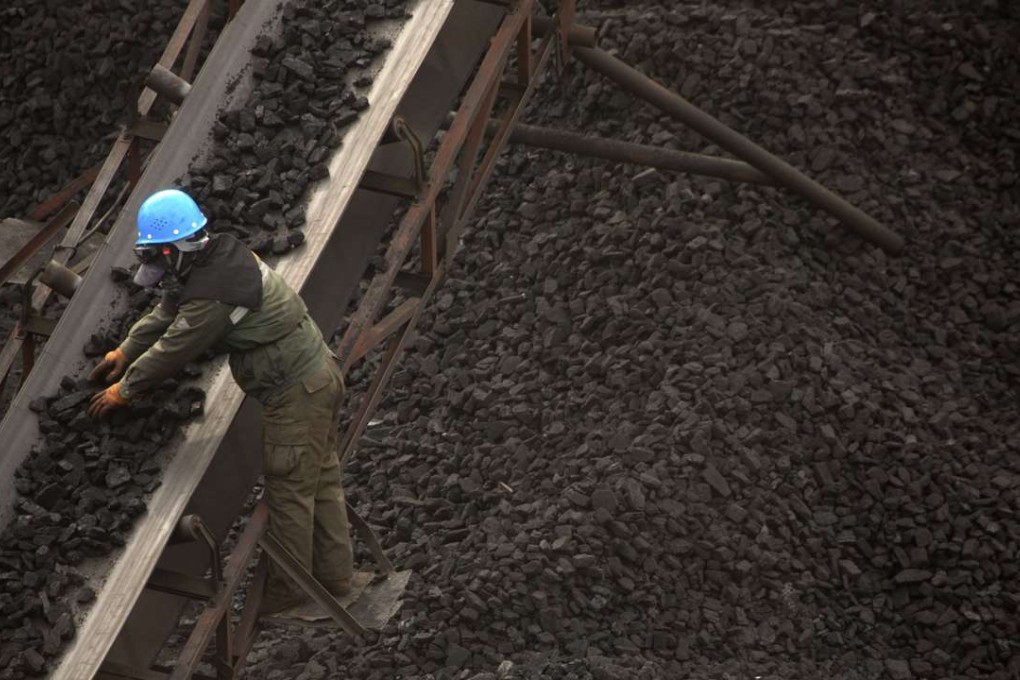China’s environment chief touts ‘clean’ coal tech but admits people need to clean up their act too
Refitted power plants can reduce emissions of sulphur dioxide and nitrogen oxides, but robust supervision remains key, Chen Jining says

Environment Minister Chen Jining said China was spearheading efforts to promote cleaner use of coal, requiring coal power plants to cut emissions to about on par with using natural gas.
But he admitted proper governance and supervision were key to achieving a clean environment.
The mainland launched a nationwide programme at the end of last year to refit all coal-fired power plants with “ultra-low” emission technologies by 2020.
“This will overturn many people’s belief that coal is dirty,” Chen told a press conference in Beijing on Friday.

Coal has been increasingly blamed as a major contributor to the nation’s smog crisis as it accounts for more than 60 per cent of the mainland’s energy mix.